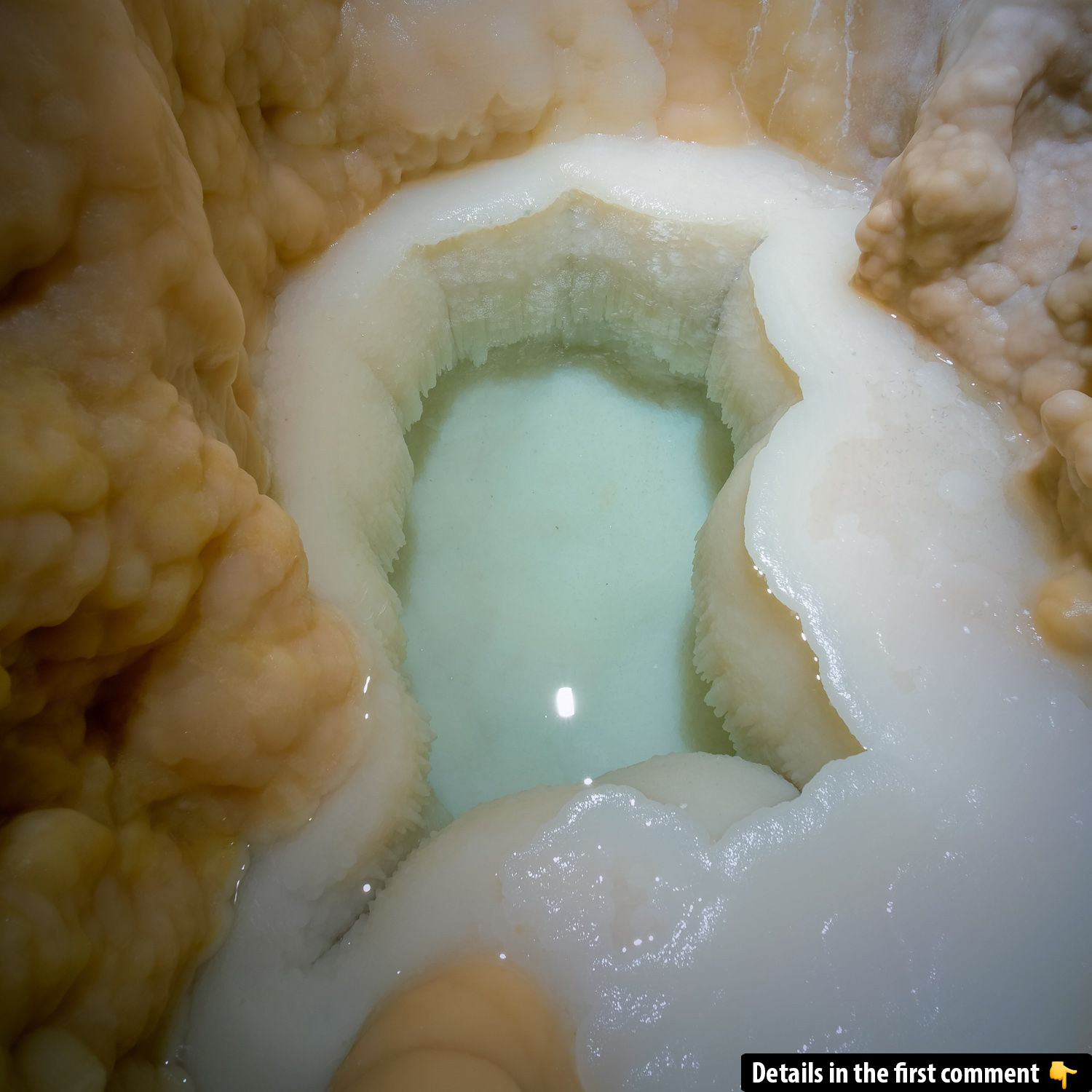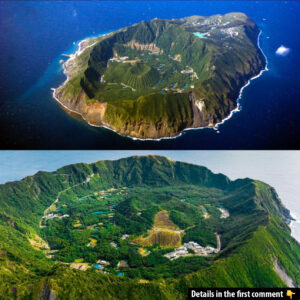In a world where many hidden wonders have already been unearthed, the discovery of a completely untouched and isolated water pool deep within New Mexico’s Carlsbad Caverns National Park is nothing short of extraordinary. This astonishing find, made in 2019, took explorers to the seldom-seen and scarcely explored sections of Lechuguilla Cave—one of the most complex cave systems in the United States. Never before seen by human eyes, the “Virgin Pool” in question provides a glimpse into an entirely untouched microcosm, preserved for centuries in a pristine state.
The Virgin Pool: A Rare Natural Wonder
Lechuguilla Cave’s Virgin Pool stands as a testament to nature’s resilience and timelessness. Situated 700 feet below the earth’s surface, this milky-blue body of water was revealed to explorers in a remote section of the cave, untouched by human interference. The pool, while appearing to glow with an ethereal frosty white surface, hides crystal-clear water beneath. Its milky hue is caused by a unique interaction of minerals and bacterial colonies present in the water, making it a fascinating sight that reflects the rare conditions of its environment.
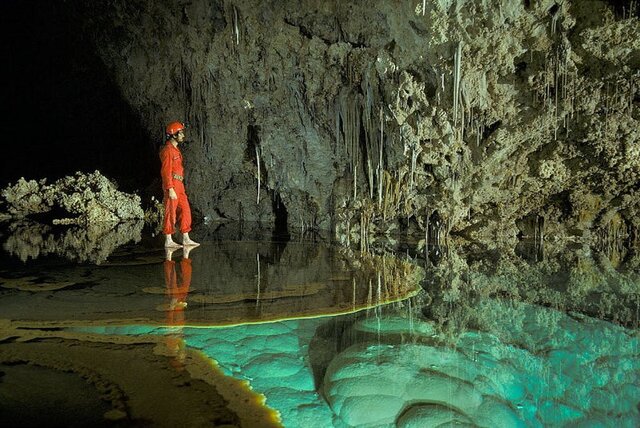
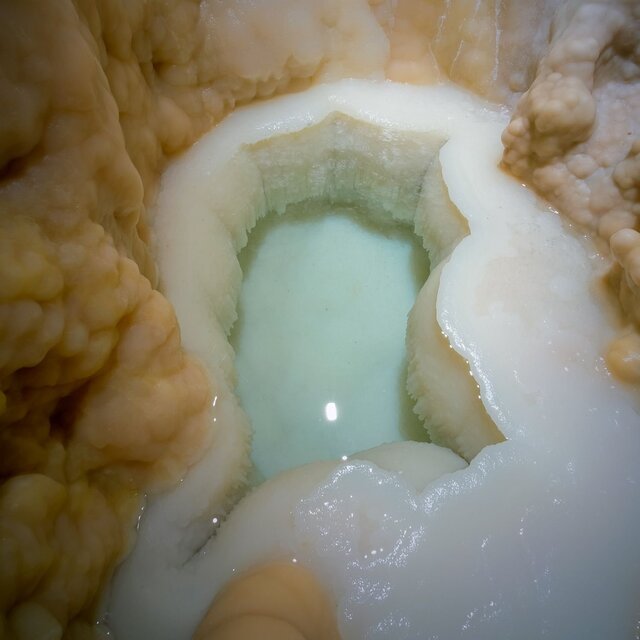
Geoscientist Max Wisshak, who led the expedition into this uncharted part of the cave, described the find as a “wonderous sight,” emphasizing the significance of the pool’s untouched state. The edges of the pool, with their characteristic “pool fingers,” could be bacterial colonies that have evolved in isolation for millennia, offering insight into microbial life that thrives in environments untouched by modern human influence.
Video
Check out this video to learn about the exciting new discovery made at Carlsbad Caverns, shedding light on hidden wonders beneath the surface.
Expedition to Uncharted Territories
The expedition into the virgin cave passages of Lechuguilla Cave was an ambitious venture, led by Wisshak and his team of specialist explorers. The objective was to go beyond the famous “Lake of Liquid Sky,” discovered in 1993, and to investigate the untouched areas of the cave system. With special permission granted, the team entered a part of the cave where no human had ever set foot before. They adhered to strict protocols to prevent contamination, ensuring that the pristine state of the cave’s ecosystem would be maintained for scientific research. Their journey uncovered a landscape of stunning, otherworldly formations, including the Virgin Pool that would capture the imagination of the scientific community.
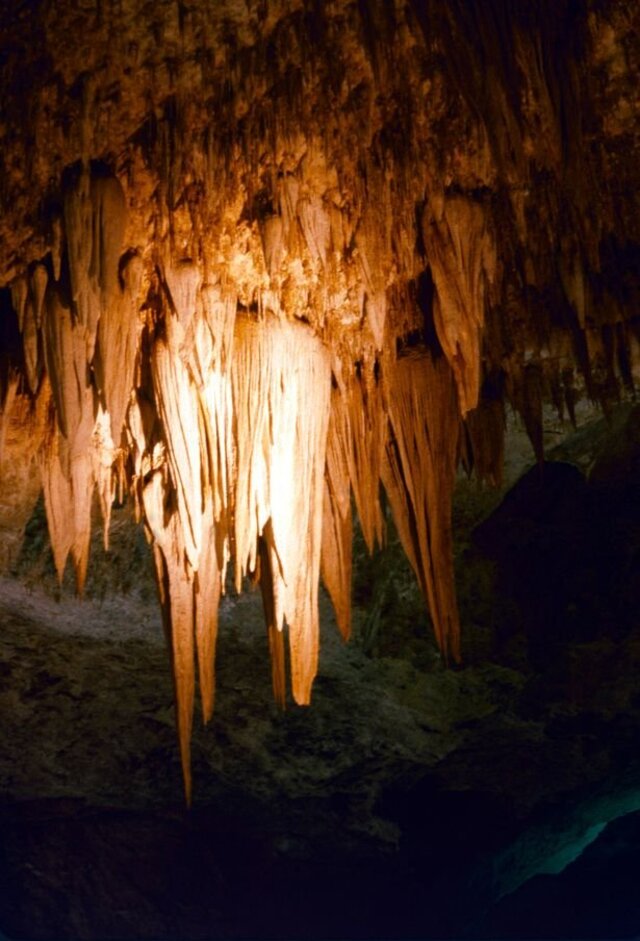
The team’s meticulous work, which involved careful navigation and delicate sampling, showcased the level of precision and attention to detail required to explore and document such an isolated and sensitive environment. This remote pool, along with its surrounding area, revealed valuable insights into the cave’s intricate geology and the mineral deposits that had built up over countless centuries.
Scientific Significance of the Discovery
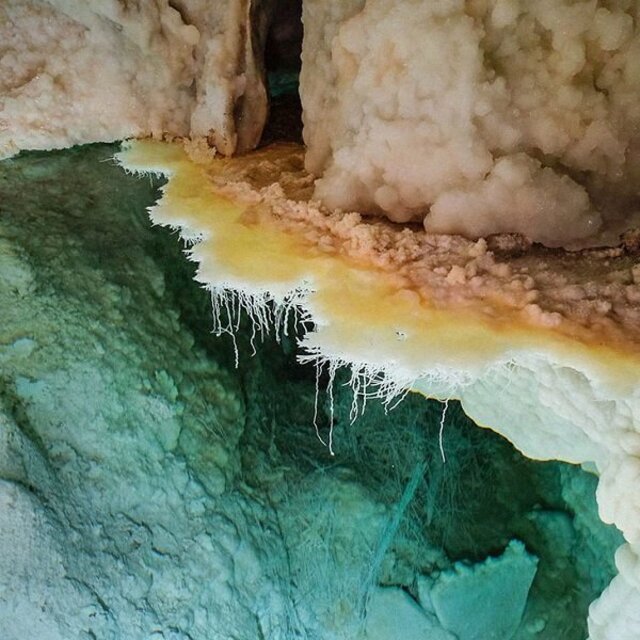
The Virgin Pool is not just a natural wonder; it is a significant scientific discovery with far-reaching implications for understanding environmental preservation and microbial life. One of the most compelling aspects of the discovery is the pool’s isolation. Because it has been sealed off from the outside world for hundreds of thousands of years, the water in the pool is relatively free of contaminants. The microbial organisms that live in the pool are likely the same species that have inhabited the cave for millennia, offering a rare glimpse into an isolated ecosystem that has evolved entirely on its own.
The scientific community is particularly interested in studying these microbial organisms because they could provide new insights into life in extreme environments. This type of research is crucial for understanding how life could exist in similarly extreme environments elsewhere in the universe, such as on Mars or other distant planets. The bacteria thriving in the Virgin Pool are believed to have adapted to the unique conditions of the cave, making them a key focus of ongoing research.
Lechuguilla Cave: A Geological Marvel
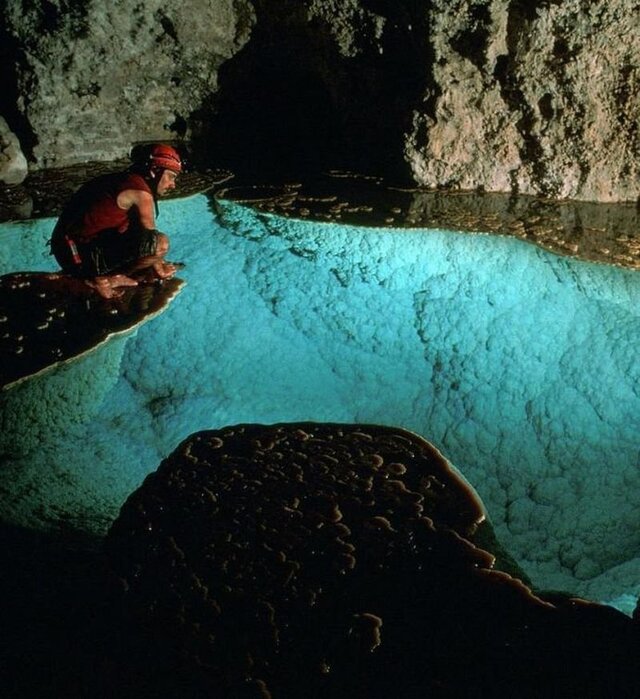
Lechuguilla Cave is not only known for its pristine pools and hidden wonders but also for its impressive geological features. The cave system, one of the deepest and longest in North America, is renowned for its spectacular stalactites, stalagmites, and other mineral formations. These wax-like stalactites and formations, shaped over thousands of years by the slow drip of water, add a surreal beauty to the cave’s already astonishing interior.
The Virgin Pool itself is an example of how geology and biology intersect. The minerals dissolved in the water of the pool contribute to its distinctive appearance, while the surrounding bacterial colonies demonstrate how life can thrive even in the most inhospitable of environments. The ongoing study of Lechuguilla Cave and its various components continues to offer critical insights into the Earth’s geological and biological processes.
Conservation Efforts and Containment of Contaminants
One of the primary concerns during the exploration of Lechuguilla Cave was ensuring that the delicate ecosystem remained unspoiled by outside influences. In environments as pristine as the Virgin Pool, even the smallest amount of contamination can have long-lasting effects. The team took extensive precautions to avoid introducing any contaminants to the pool’s water. These efforts included using specially designed equipment, conducting thorough decontamination processes before entering the cave, and adhering to strict guidelines about movement within the cave.
Additionally, the location of the Virgin Pool within a well-protected wilderness area further minimized the risk of contamination. However, the team’s efforts to preserve the integrity of the site are indicative of a growing awareness within the scientific community about the importance of conservation and responsible exploration.
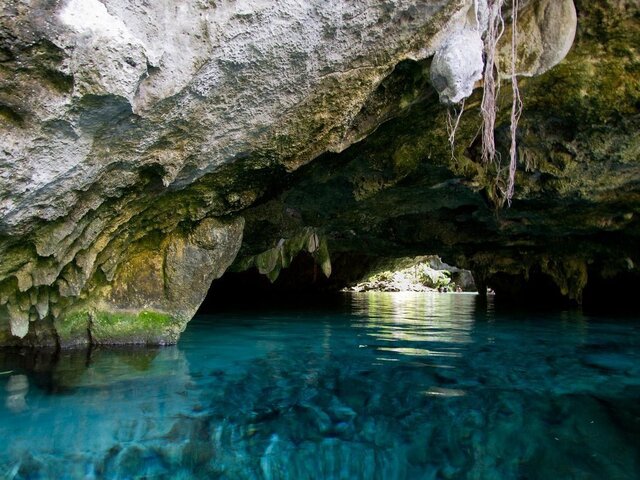
Public and Scientific Reaction to the Discovery
The discovery of the Virgin Pool has generated excitement among the scientific community and the public alike. Archaeologists, geologists, and biologists have all expressed their enthusiasm about the potential research opportunities the pool offers. The fact that such a discovery occurred in the remote sections of a national park adds to the sense of wonder and amazement surrounding the find. As Wisshak pointed out, the untouched nature of the pool means that it is as pristine as it can get, making it an invaluable site for scientific study.
Local and national media outlets have also taken an interest in the discovery, reporting on the significance of the pool’s existence and the challenges involved in its exploration. The park’s staff, too, has recognized the importance of preserving and studying this hidden gem, which promises to reveal new information about Earth’s ancient ecosystems and the resilience of life in extreme conditions.
Video
Watch this video to explore a cave that defies all expectations, leaving experts puzzled by its existence.
Conclusion
The discovery of the Virgin Pool in Lechuguilla Cave is a remarkable find that showcases the power of scientific exploration and the untapped wonders that our planet still holds. As scientists continue to study the microbial life, geology, and history of this pristine environment, the Virgin Pool offers a glimpse into a world that has remained untouched for millennia. This discovery not only highlights the importance of preserving these natural wonders but also underscores the scientific value of studying isolated ecosystems.
As the world continues to grapple with environmental challenges and the preservation of our natural resources, discoveries like the Virgin Pool remind us of the beauty and fragility of the Earth. The ongoing research at Lechuguilla Cave will undoubtedly contribute to a greater understanding of life’s adaptability and the Earth’s hidden treasures, ensuring that this extraordinary discovery will benefit generations of scientists to come.
